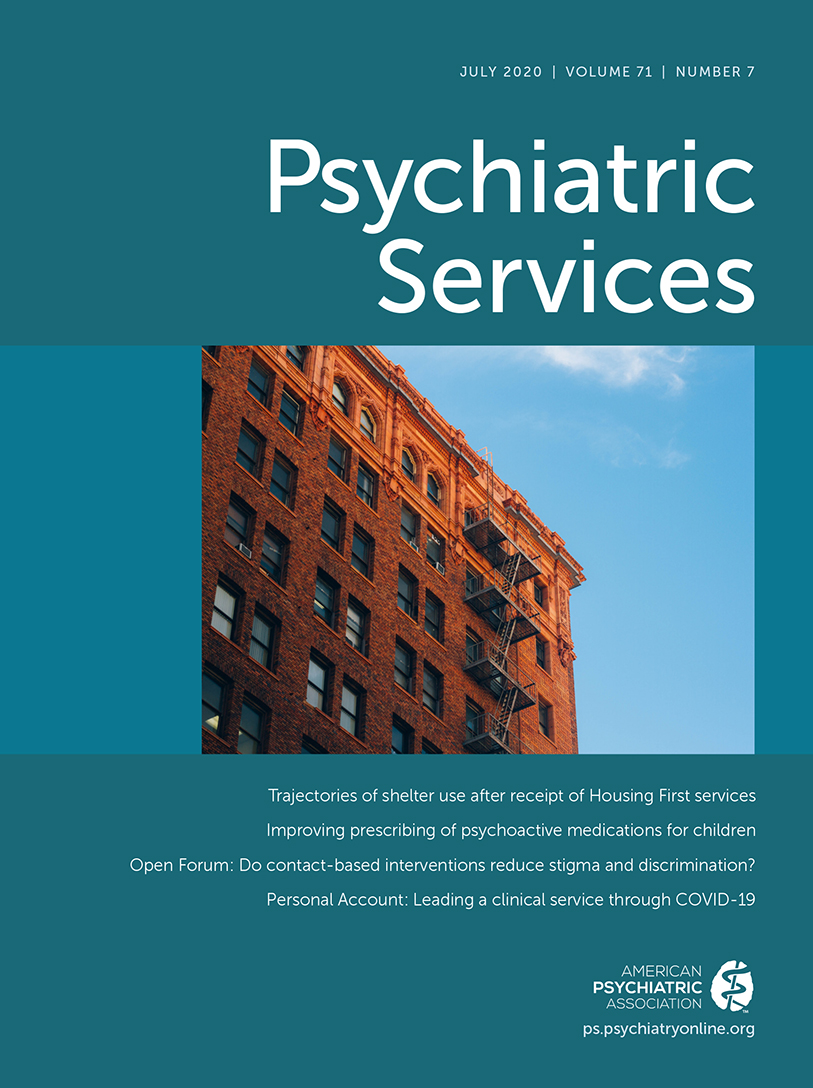Trajectories of Homeless Shelter Utilization in the At Home/Chez Soi Trial of Housing First
Abstract
Objective:
Studies have shown that Housing First, a recovery-oriented housing intervention, is effective in reducing service utilization among homeless individuals with mental illness, but less is known about how Housing First affects patterns of service use over time and about characteristics associated with various utilization trajectories. This analysis aimed to explore latent class trajectories of shelter utilization in a randomized controlled trial of Housing First conducted across five Canadian cities.
Methods:
Data from the At Home/Chez Soi trial were analyzed (N=2,058). Latent class growth analysis was performed using days of shelter utilization to identify trajectories over 24 months. Multinomial logistic regression was used to determine which baseline variables, including treatment group, could predict class membership.
Results:
Four shelter use trajectories were identified: consistently low (N=1,631, 79%); mostly low (N=120, 6%); early temporary increase (N=179, 9%); and higher use, late temporary increase (N=128, 6%). Treatment group was a significant predictor of class membership. Those enrolled in Housing First had lower odds of experiencing higher shelter use trajectories (mostly low: odds ratio [OR]=0.50, 95% confidence interval [CI]=0.34–0.72; early temporary increase: OR=0.21, 95% CI=0.15–0.31; higher use, late temporary increase: OR=0.14, 95% CI=0.09–0.22). Other variables associated with trajectory classes included older age and longer time homeless, both of which were associated with higher shelter use.
Conclusions:
Several participant characteristics were associated with different shelter use patterns. Knowledge of variables associated with more favorable trajectories may help to inform service planning and contribute to modeling efforts for homelessness.




